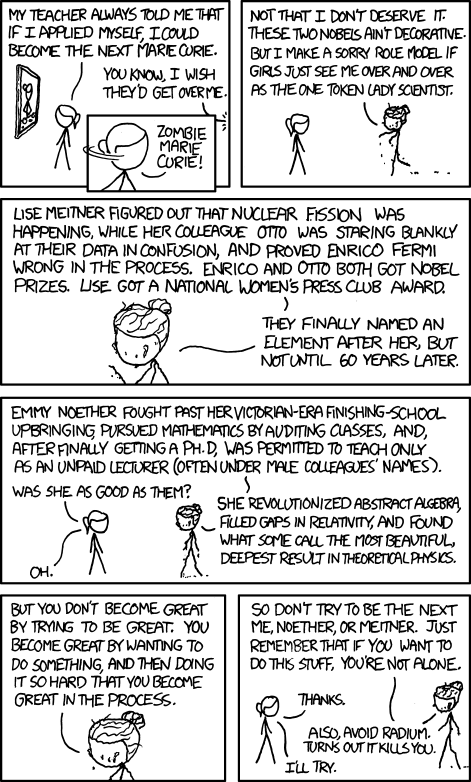.................
Jonah Lehrer argues through eight case studies (Walt Whitman, George Eliot, Auguste Escoffier, Marcel Proust, Paul Cezanne, Igor Stravinsky, Gertrude Stein, Virginia Woolf) that 'celebrated artists discovered truths - real, tangible truths - about the mind, anticipating the findings of neuroscience.' From the book's blurb:
We learn how Proust revealed the fallibility of memory, how George Eliot understood the brain's malleable nature, how the French chef Escoffier intuited umami (the fifth taste), how Cezanne worked out the subtleties of vision, and how Virginia Woolf pierced the mysteries of consciousness.
I just didn't buy it. At most, these artists made use of human phenomena - the way taste and smell can trigger memories, the fact that denatured proteins taste delicious, the way that our brains take time to understand how "noise" = "music", the way that our eyes can build a recognisable image from almost abstract elements - in their work, but they don't predict how scientists will test and describe the brain's behaviour.
I will make an exception of Escoffier and Stein. Stein pushed language as far as she could, producing senseless sentences that were still grammatically correct, prefiguring Chomsky's 'Colourless green ideas sleep furiously' and theory that we are born with an inbuilt understanding of grammar. Stein herself had been through medical school and worked in neuroscience; some of her first writing experiments turned her clinical notes into gibberish.
Escoffier to seemed to have almost a scientific method - trying to delight his guest, he refined and codified recipes, and turned established practices upside down. Grand food, for example, had previously been served cold, as its grandness was partly derived from its preposterous presentation, which would have been ruined by heat. Escoffier realised that hot food releases smell, and smell is important to taste. He was also a stock and sauce master, deglazing pans and boiling things down - the practices which denature proteins and creates glutamate, the amino acid our body craves (we produce more than 40 grams of glutamate a day, and so we need our Marmite top-ups). At the same time though, Escoffier was hardly peering around the human tongue looking for the tiny areas that would respond not to salty, sweet, bitter, sour but to rich savoury glutamate.
I guess I don't see the difference between Cezanne and the ancient Egyptian brewers who passed wooden spoons down from generation to generation, believing they had the magical power to start beer (which they did, through the microorganisms that lived in the cracks of the wood). Both are concerned with the end product, not necessarily the phenomena that produces it. Cezanne was interested in how the eye works and how the mind builds up shapes, sure - but really how close was he to the five steps of visual processing?
Lehrer is very sincerely trying to bring the arts and science back together - to repair the right of C.P. Snow's two cultures. I'm not sure this book does it though. The art sections end up feeling like illustrations of the neuroscience; entertaining introductions, but not intellectual equals. Having said that, it's a perfectly enjoyable book, very readable, and packed with snippets and tidbits of information.







